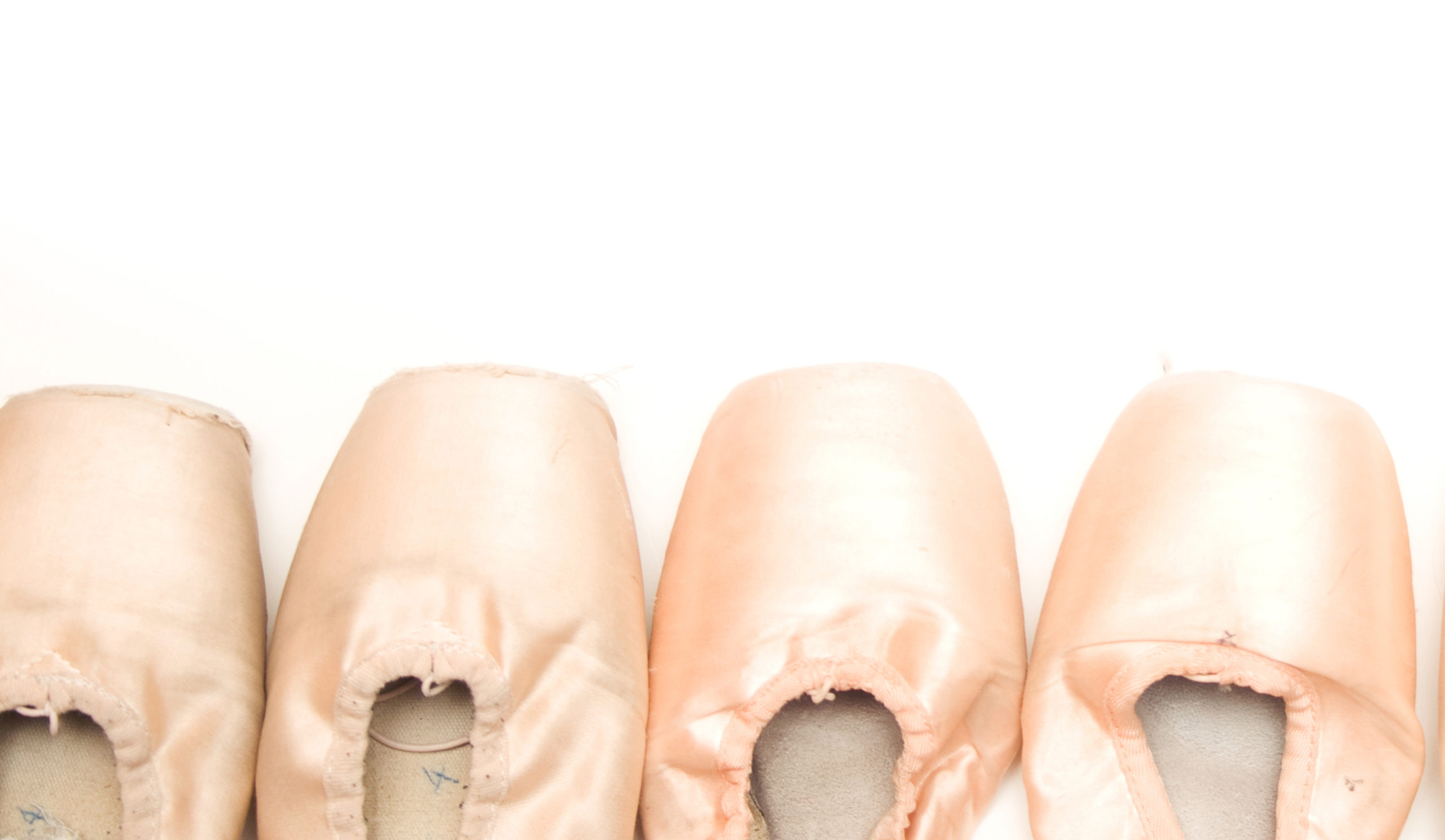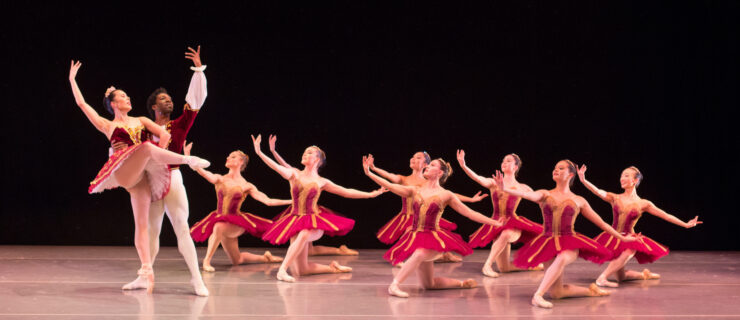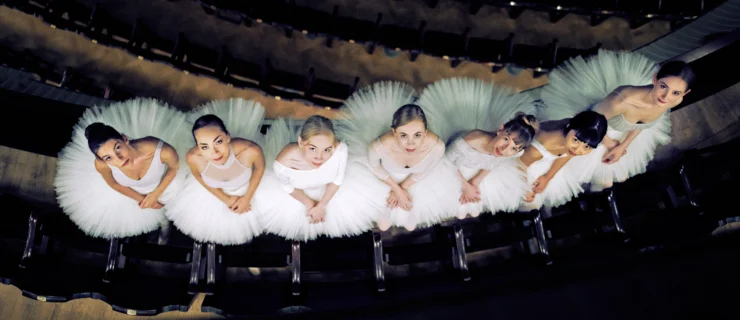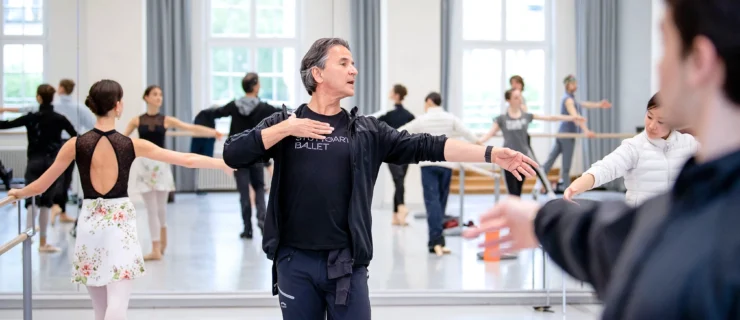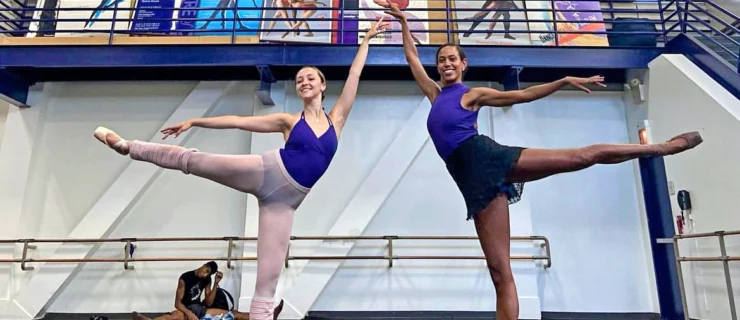A Company Of Her Own
Suzanne Farrell has always done things her own way. In the 1960s and ’70s, when she rose to stardom as George Balanchine’s preeminent muse at New York City Ballet, she set the standard for dancing that was committed, mercurial and marvelously alive to the music. Fearless in the face of multiple pirouettes and perilous transitions, she was like a force of nature: earth, air, water, fire, Farrell. So it’s not surprising that as the artistic director of her own company Farrell is still doing things her own way. With its innovative structure and idealistic programming, The Suzanne Farrell Ballet is the very model of a swift and nimble 21st-century ballet company.
The founding of the company took place in 2001, but the seed was planted in 1993, when James Wolfensohn, then the chairman of The John F. Kennedy Center for the Performing Arts, in Washington, DC, asked Farrell if she would be interested in starting a dance program. She was. “It started out very modestly,” Farrell remembers, “and then it evolved into a three-week summer program, and then an international program.” As the students matured, Farrell and the Kennedy Center presented them in recitals of Balanchine ballets. These performances, few and far between, generated huge excitement in the ballet world, where it was felt that Farrell’s supreme knowledge of Balanchine’s aesthetic had not found the proper outlet. The shows earned rapturous reviews: Farrell had a gift for staging Mr. B’s ballets, yes, but also for inspiring the Balanchine ethic of spontaneity and snap in dancers from many backgrounds. From its foundations in the Kennedy Center education department, the Farrell enterprise flowered into a ballet company with a serious focus. The Kennedy Center recognized this development and The Suzanne Farrell Ballet was born.
“The mission, because of my special relationship with Mr. Balanchine, is to preserve his integrity and his ballets,” Farrell explains. “It’s not enough to do Mr. B’s steps if you don’t have his philosophy and his values.”
And what are those values? “The dancers always take class,” she says. “They listen. They are dedicated. They never mark.” In dealing with the budget constraints of today’s economy, Farrell recalls the practical side of Balanchine. “Mr. B said, ‘If you don’t have ornate costumes, do it in practice clothes. If you don’t have this, then do that.’ I run the company on that kind of model.”
The company’s repertoire of over 50 ballets is distinctive in that most of the pieces—by Balanchine (first and foremost), Jerome Robbins and Maurice Béjart—were either created for Farrell or frequently performed by her. Deeply intimate with the works she is teaching and coaching, Farrell has been able to revive Balanchine ballets that “had been done for me and were no longer performed. Or they were lost, and only I knew the choreography. It gives my company a repertoire that no other company has.” The retrieved ballets thus far include Ragtime (1966), Divertimento Brillante (1967) and Pithoprakta (1968).
Because it’s not a full-time company, The Suzanne Farrell Ballet can do something unique in the world of classical dance: It teams up with bigger companies to collaborate on the presentation of large-scale ballets. In 2005, Farrell’s dancers joined with the National Ballet of Canada to perform Balanchine’s complete production of Don Quixote, the full-length ballet from 1965 that was Balanchine’s very public declaration of his love for Farrell. The ballet, last staged in 1978, was also willed to Farrell, and its revival was a dance-world event. Two years later, in 2007, The Suzanne Farrell Ballet partnered with Cincinnati Ballet to present Chaconne, and in 2008, performed Episodes with Ballet Austin.
“This allows me to do ballets which require more dancers than there are in my core company,” says Farrell. “We perform in the hometown of the partnership company and then they come perform at the Kennedy Center. On both sides, it gives the dancers longer periods of work. So it’s just a good thing all around.”
This coming season, the company celebrates its 10th anniversary by teaming up with Sarasota Ballet to perform “Diamonds”—Mr. B’s glittering homage to Farrell—from Jewels, along with the classics Serenade and Concerto Barocco, at the Kennedy Center from October 12 to 16. Then The Suzanne Farrell Ballet travels solo to The Joyce Theater in New York City for a weeklong engagement October 19 to 23.
Looking to the future, Farrell says, “Naturally, I would like longer seasons or more seasons at the Kennedy Center, but I think we’ve come a long way in a short amount of time. I wouldn’t want to be too big, because then you have too many dancers not dancing all the time. It’s onstage, in performance, where you really learn how to perform, not just rehearse, rehearse, rehearse. Everyone in my company dances everything. Everyone’s an important piece of the necklace. It’s a happy company.”
